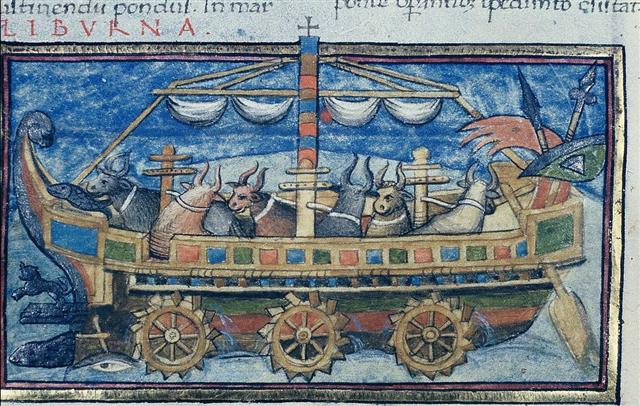|
Toko
The higher-ranked
of the two largest political units on Rapa Nui
was the Ko Tu'u Aro Ko Te Mata Nui. This
literally translates as The Mast/Pillar/Post
[standing] Before the Greater Tribes.
Toko te rangi,
or Sky Propper, is named by Métraux in his corrected
Miru genealogy as the thirteenth king of
Easter Island and as one of the lineages or
subgroups of the Miru. Although we have no
record of the Sky Propper legend on Rapa Nui,
other Polynesian legends of the Sky Propper are
widely known, and they are formative elements in the
basic cosmogenic theory of Polynesian belief.
Sky (rangi) and Earth (papa)
lay in primal embrace, and in the cramped, dark
space between them procreated and gave birth to the
gods such as Tane, Rongo and Tu.
Just as children fought sleep in the stifling
darkness of a hare paenga, the gods grew
restless between their parents and longed for light
and air. The herculean achievement of forcing Sky to
separate from Earth was variously performed by
Tane in New Zealand and the Society Islands, by
Tonofiti in the Marquesas and by Ru (Tu)
in Cook Islands. After the sky was raised high above
the earth, props or poles were erected between them
and light entered, dispelling the darkness and
bringing renewed life. One detail which is
iconographically of interest is whether the god
responsible for separating Earth and Sky did so by
raising the Sky with his upraised arms and hands, as
in Tahiti and elsewhere, or with his feet as in New
Zealand.
The actual props, pillars or posts
which separated the sky and earth are called toko
in New Zealand, to'o in the Marquesas Islands
and pou in Tahiti. In Rapanui tuu and
pou are known, with pou meaning
column, pillar or post of either stone or wood.
Sometimes the word is applied to a natural rock
formation with postlike qualities which serves as an
orientation point. The star Sirius is called Te
Pou in Rapanui and functions in the same
way.
One monolithic basalt statue is
called Pou Hakanononga, a somewhat obscure
and probably late name thought to mean that the
statue served to mark an offshore tuna fishing site.
The Rapanui word tokotoko means pole
or staff. Sacred ceremonial staves, such as the
ua on Rapa Nui, were called toko
in Polynesia.
Based upon the fact that toko
in New Zealand also means 'rays of light', it has
been suggested that the original props which
separated and held apart Sky and Earth were
conceived of as shafts of dawn sunlight.
In most Polynesian languages the
human and animate classifier is toko-,
suggesting a congruence of semantic and symbolic
meaning between anthropomorphic form and pole or
post. Tane as First Man and the embodiment of
sunlight thus becomes, in the form of a carved human
male figure, the probable inspiration for the
moai as sacred prop between Sky and Earth.
The moai as Sky Propper would
have elevated Sky and held it separate from Earth,
balancing it only upon his sacred head. This action
allowed the light to enter the world and made the
land fertile. Increasing the height of the statues,
as the Rapa Nui clearly did over time, would
symbolically increase the space between Sky and
Earth, ensuring increased fertility and the greater
production of food. The proliferating image,
consciously or unconsciously, must have visually
(and reassuringly) filled the dangerously empty
horizon between sea and land, just as the trees they
were so inexorably felling once had. (Van Tilburg)
Tokotoko, stick, cane,
crutches, axe helve, roller, pole, staff. P Pau.:
tokotoko,
walking stick. Mgv.:
toko,
a pole, stilts, staff. Mq.:
tokotoko,
toótoó,
stick, cane, staff. Ta.:
too,
id. Churchill. |











